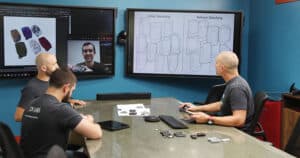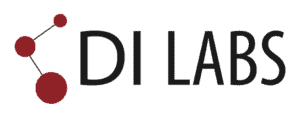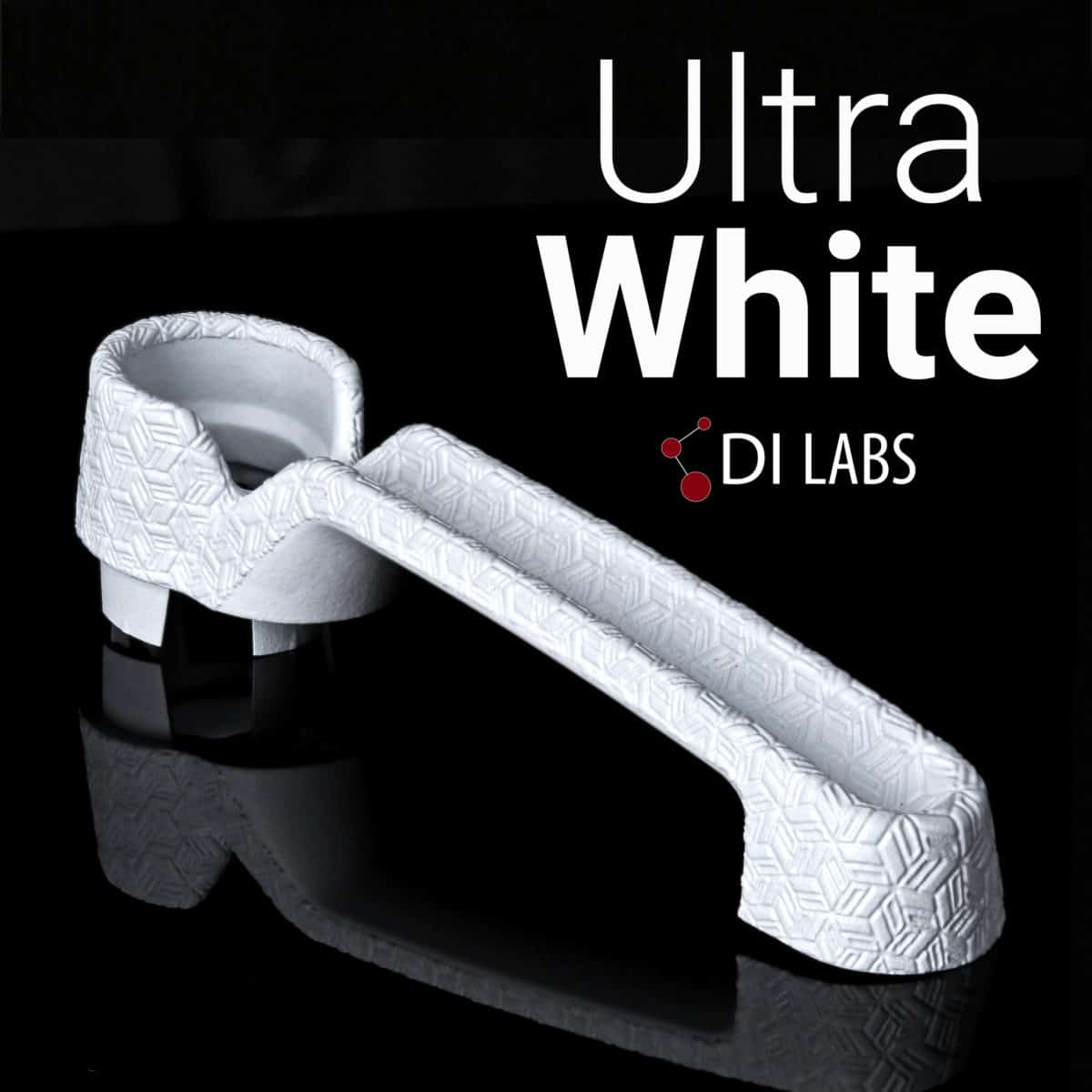by Carl Douglass, DI Labs President published in the SMW 2023 Additive Industry Report.
Full-Scale Manufacturing vs. Product Customization
The general belief is that full-scale volume manufacturing and product customization are in direct opposition to one another. That’s because traditional thinking starts with an assumption that to achieve the greatest sales volume and lowest manufacturing cost, products must be designed for the largest available market.
This often results in scaled-back features and design compromises. Even in high-mix, low-volume manufacturing scenarios, the degree of customization is often limited to a small set of variations. Traditional product management and manufacturing processes cannot support customized products without a burdensome cost and price structure, leaving us with a one-size-fits-most solution.
Trending Toward a Personalization Business Case
Advances in digital manufacturing are changing the game, enabling greater flexibility for product variations without major capital cost implications. That’s important because consumer demand for personalized products and customer experiences is rising quickly. E-commerce companies offering “product customization tools” as part of the ordering process are fueling consumer demand for greater personalization across various product categories. The digitization and automation of traditional manufacturing methods—such as machining and pad and plate printing —are opening doors and driving demand for customization. The transformation of amateur 3D printing to industrial additive manufacturing (AM) technologies—coupled with the pace of change driving Industry 4.0—creates a powerful set of tools to support a new generation of customized products at scale. The flexibility of AM is not as impactful without the digital intelligence enabled by Industry 4.0.
All-in on Mass Customization
Recognizing the opportunity to leverage AM for mass customization but not seeing wide adoption, DI Labs developed a mass-customization product brand to understand the complications. In 2021, we began the development of an aftermarket product portfolio to provide customization at a mass level enabled by AM.
The initial product was an automotive key fob enclosure designed to decrease size and add personalization through color, shape, and texture. We developed the fob for an automotive brand with a loyal customer base known for its customization. For a single vehicle model, we developed thousands of variations resulting in thousands of SKUs.
We quickly realized the digital workflow challenges with the creation, organization, and management of a massive dataset representing a single product design. However, we were unable to find existing software or digital workflow to support the creation and management of the production files. As a result, we developed a software engine to generate thousands of design variations from a matrix of options, which was used to create serialized production files for monochrome and full-color variations.
While the production file creation is a major component, it’s only half of the equation. The product is sold through an e-commerce website requiring a user interface for streamlined visualization and selection of customization options. From key fob button configuration to shape, to physical texture, and colors, the user experience and fulfillment workflow are critical to the successful sale and error-free product fulfillment.
As with the production file creation, there are very few, if any, off-the-shelf e-commerce solutions designed to manage the massive number of variations while creating a simple user experience, especially for shoppers using mobile devices. We are continuing to test and optimize our e-commerce solution while integrating the shopping platform with our MES and ERP systems.
While solving the direct-to-consumer sales channels, this doesn’t address third-party retail channels. Managing thousands of SKUs for just a few products is a complication for any retailer, even in drop-shipping scenarios.
The third-party retail sales channel infrastructure isn’t ready for mass customization, but, as demand grows, I am sure this will evolve.
A Dynamic Product Platform

The bottleneck to portfolio expansion has become the product development and variation configuration. We receive dozens of daily customer requests for new products and variations, but can’t fulfill the requests as quickly as they are submitted. We are working toward a greater degree of automation to rapidly convert requests into designs.
Our vision is to achieve full personalization, further tapping into product portfolio expansion. Users will be able to digitally apply personalization through a web site interface and the remaining production file preparation and manufacturing is managed through automated processes. Our proprietary digital workflow enables the creation of production files with serialization to enable one-off, on-demand production. However, a major constraint in a digital user experience is to simplify the personalization and pass the necessary data to the automated print-file creation software.
Software & Digital Workflow
AM has reached a point where high-quality, durable production is possible on demand. AM with industrial post processing enables products and surface finishes previously only possible with injection molding. While continued advancement will accelerate adoption for end-use applications, transformation will be driven through digital workflow innovations. Most software platforms only pay lip service to streamlining the workflow, let alone supporting mass customization. We’ve found the major limitation to mass customization is enabling an intuitive user experience while producing AM-friendly production files that are also physically traceable.

Coming Full Circle: AM Enables Injection Molding
You could interpret this story as AM versus injection molding, but that’s not the point. Using AM to explore market demand and serve as a customization tool is a great way to identify mainstream product configurations. A transition to injection molding will likely make sense in cases where there are clear demand trends for a few configurations.
This hybrid approach to manufacturing will lower costs, offer differentiated price points, and give us the ability to further scale the brand and product portfolio. There are segments of the market that value product customization while a large portion of the market values price. Utilizing injection molding alongside AM is a great strategy to remain flexible and tailored where it matters, while offering least-cost product solutions where differentiation isn’t as necessary.
Moving Forward
There’s no doubt the adoption of AM is growing, but we are still just getting started. I envision a lot more creative approaches to leveraging AM to elevate brands, product features, and user experiences, while generating unique business models.
I see use cases for AM in so many places that I encourage designers, product managers, and business leaders to allocate budgets to exploration. That’s what we’ve done with our mass customization experiment; and there’s no way we could have built the knowledge and understanding without having done it. Our experiences have already benefited our business and our clients—hopefully it provides insights to others exploring business models supported by AM, too.
For more information about DI Labs: website | youtube | linkedin


